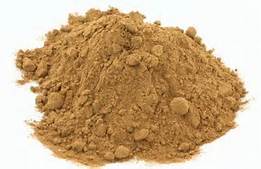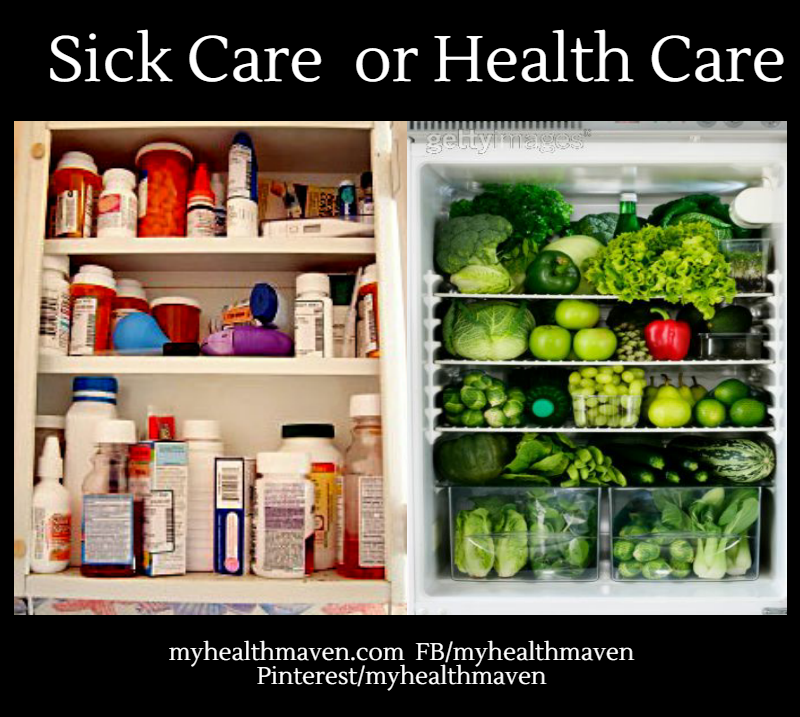MSG (Monosodium Glutamate) is a product added to foods to enhance its flavor. It is the single sodium salt of the amino acid Glutamic Acid. For the thousands of years the Japanese have used Kombu to heighten the taste of their food. It was later when chemists stepped in to isolate this “taste enhancing” active ingredient and chemically duplicate it using an industrial fermentation process that problems began. It was after World War II, that food manufacturers in America discovered just how much MSG would enhance the flavor of otherwise bland foods. At the time of its discovery it was thought to be perfectly safe, since the origin was a natural substance…an amino acid. Large amounts of MSG along with other food additives were increased in foods throughout the post war period. In fact the amount of MSG in foods has doubled every decade since the 1940’s. Since 1957, MSG is also produced using genetically modified bacteria (GMO’s) that secrete glutamic acid through their cell walls.
It is a fairly controversial food additive. It is used in food processing, restaurants and in some home use. It is most often used in canned and processed foods, processed meats, seasoning packets, soups, baked goods and even candies. MSG is probably best known for causing migraines, although other symptoms such as chest pain, skin flushing, numbness or burning around mouth, swelling and sweating have also been reported. Since the public has a negative attitude towards MSG, the food industry has come up with a host of new names to disguise it in foods. (see page on Hidden Sources of MSG). Because MSG is chemically processed, it can cause numerous adverse reactions such as migraine headaches, asthma, hives, skin rashes, vomiting, heart irregularities and more. (To read more about MSG click here).
HVP (Hydrolyzed Vegetable Protein) is made from junk or bad vegetables that are not fit for sale to the public. They are boiled in hydrochloric acid. The solution that is produced is then neutralized with sodium hydroxides, which then cause the acids to break down. The result is a brown sludge like product that floats on top of the boiled vegetables. This sludge is then scraped off and dried. It is known to carry excitotoxins, glutamate, cystoic acid and aspartate. This product is then used by the food manufacturers in numerous processed foods. Many individuals show the same adverse reactions to HVP, as they do to MSG.
There is currently no regulation in the USA regarding the amount of HVP and MSG that can be used in foods.
References:
http://msgtruth.org/migraine.htm
http://usrecallnews.com/2010/what-is-hvp
http://eufic.org/article/en/artid/monosodium-glutamate/
http://truthinlabelling.org/What isMSG.html
Staying Healthy with Nutrition , Elson Haas M.D.
Excitotoxins: The Taste That Kills Russell L. Blaylock, M.D.








